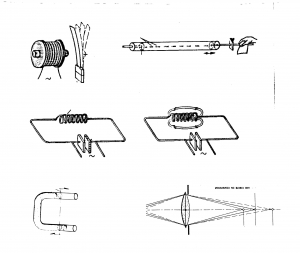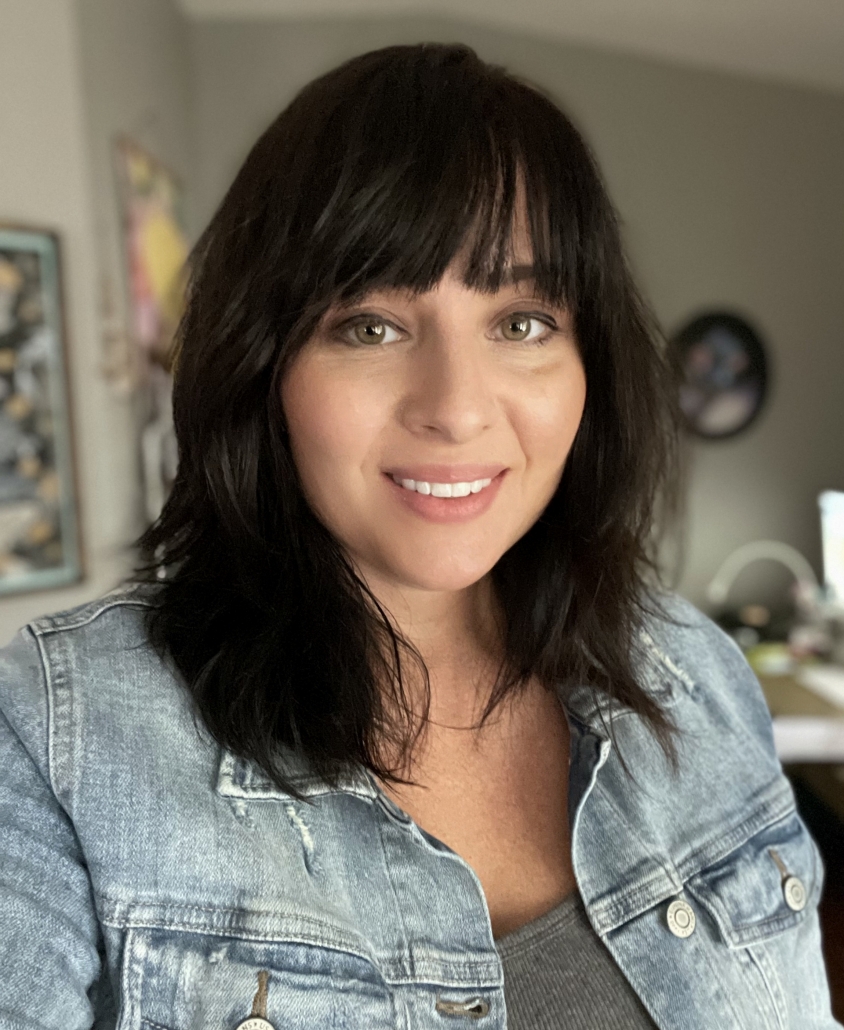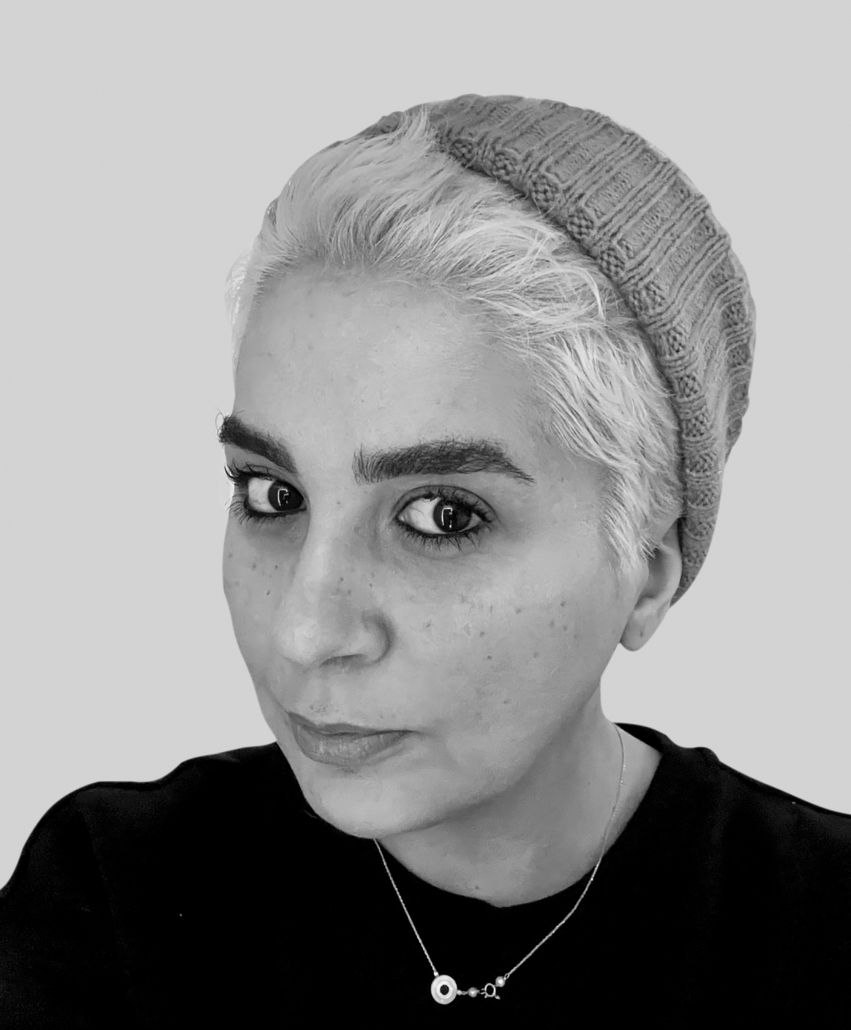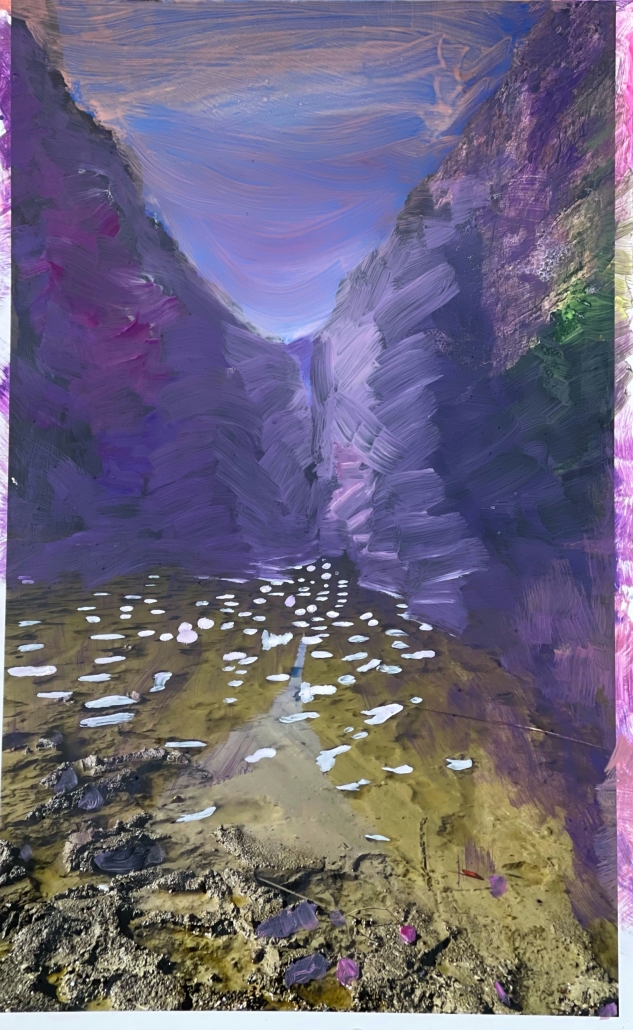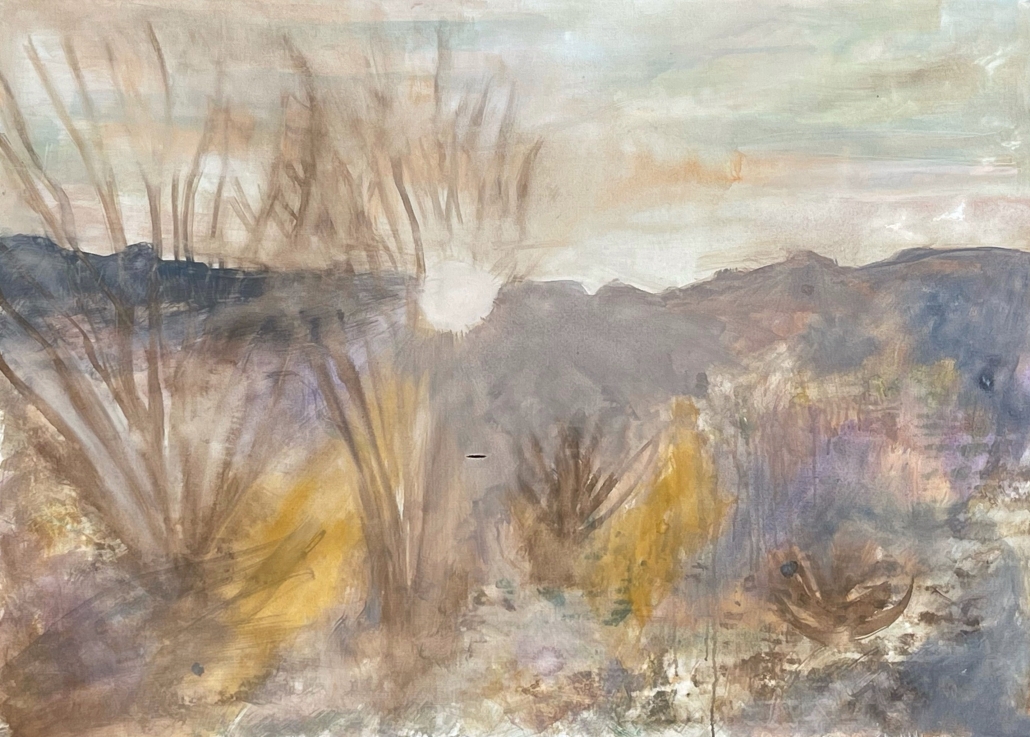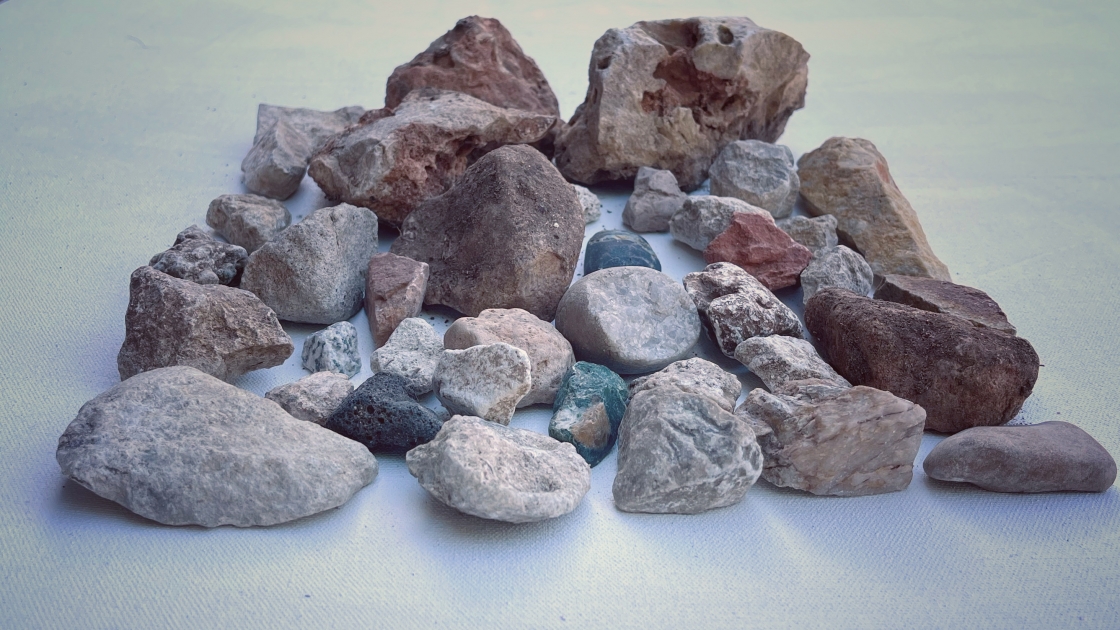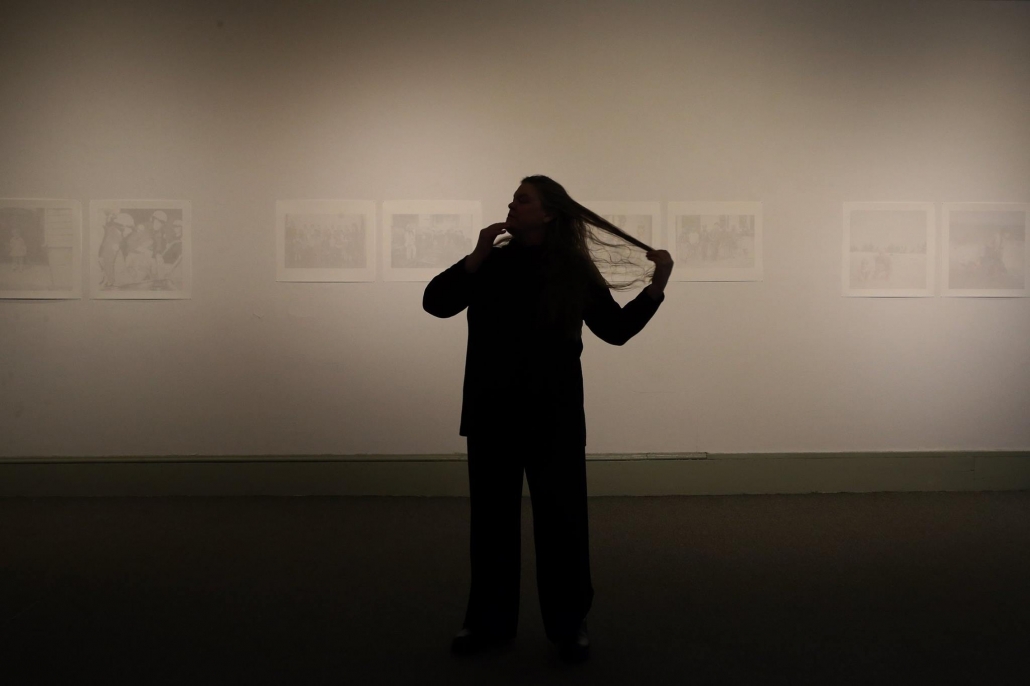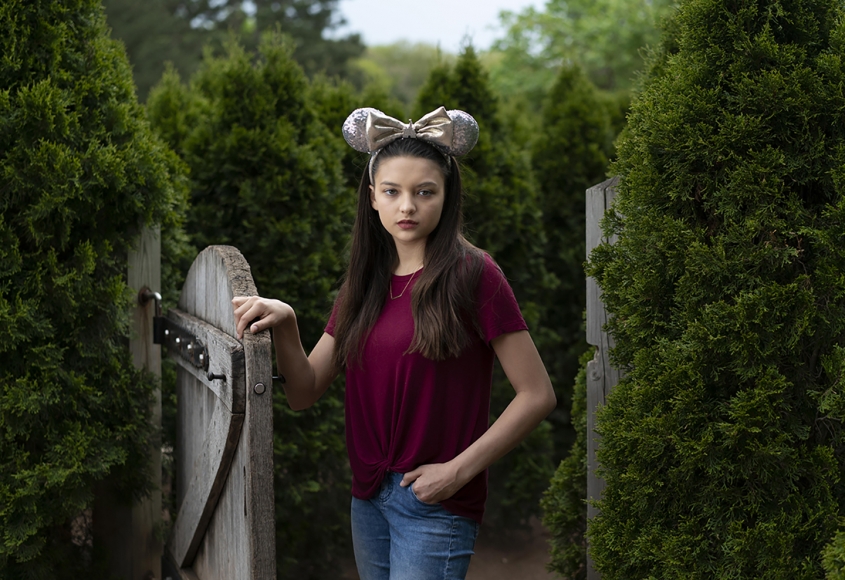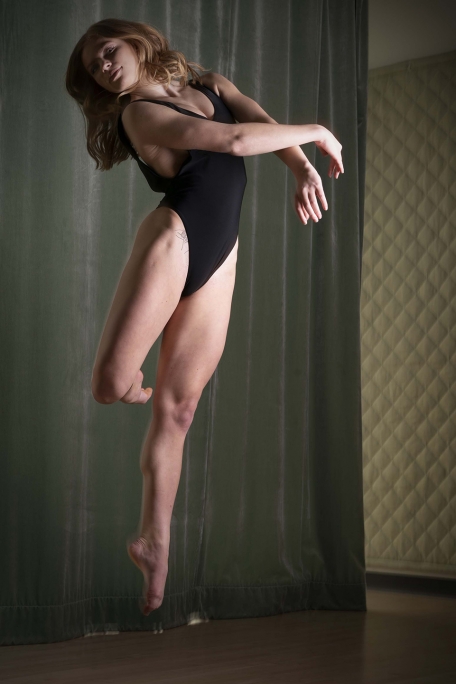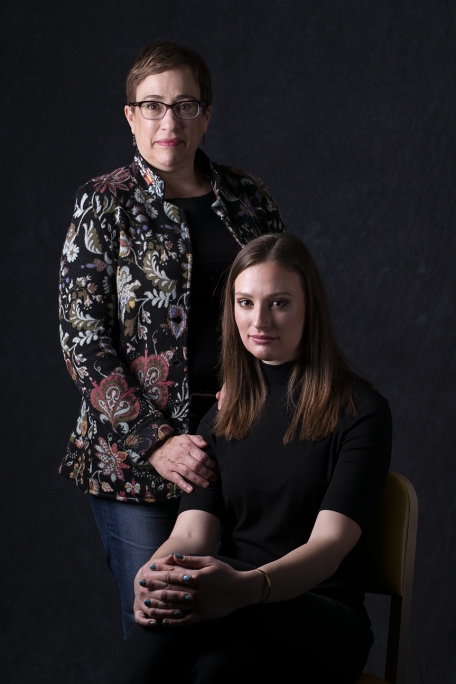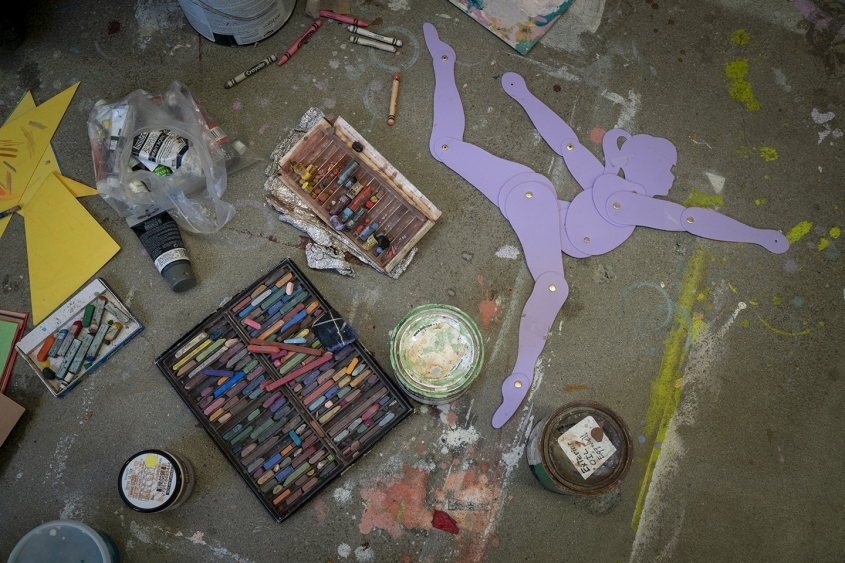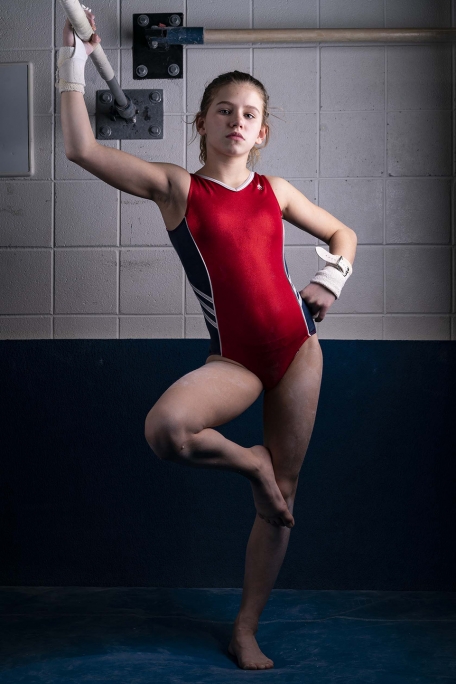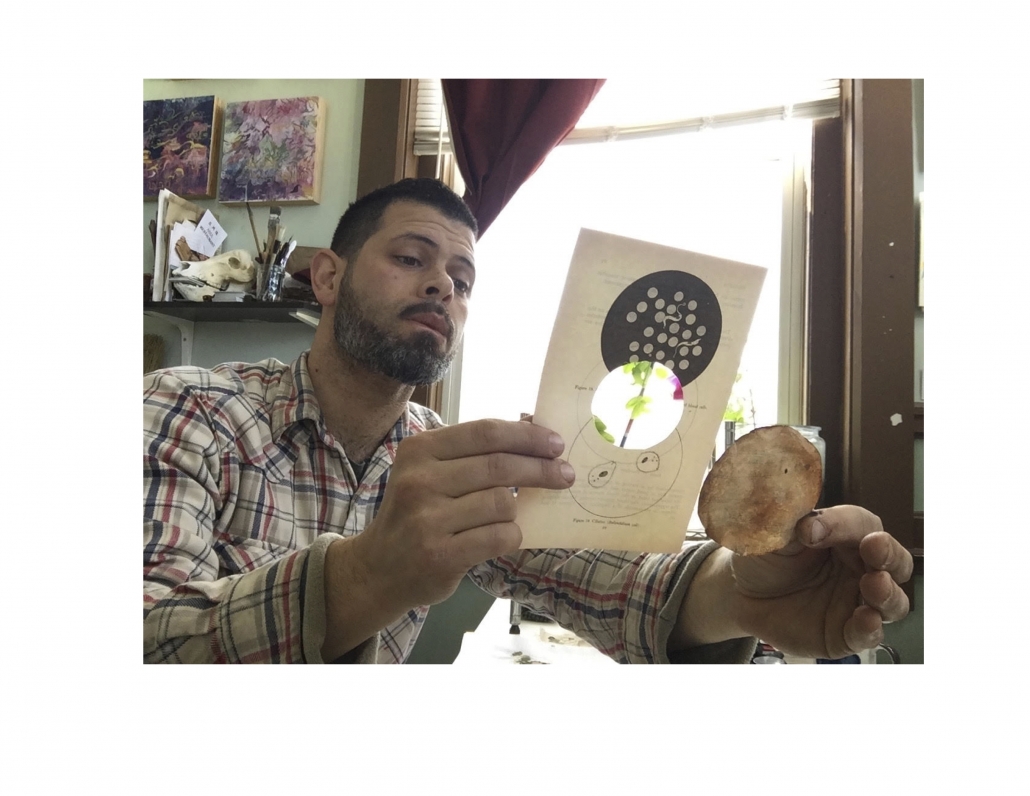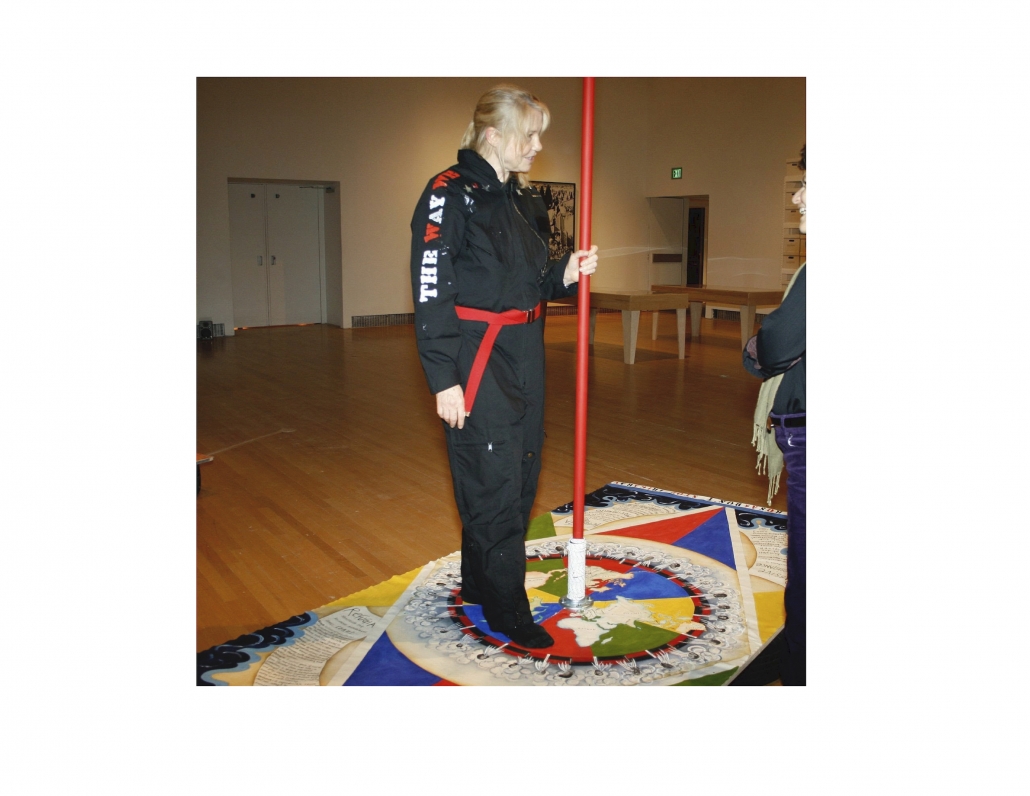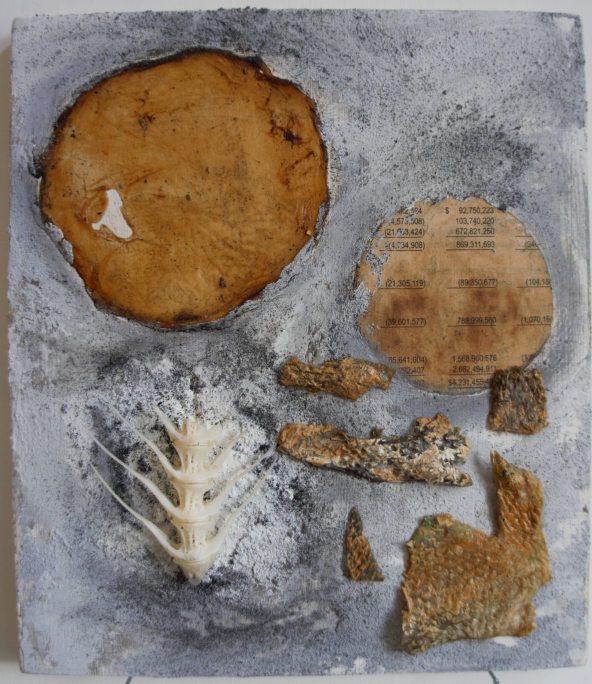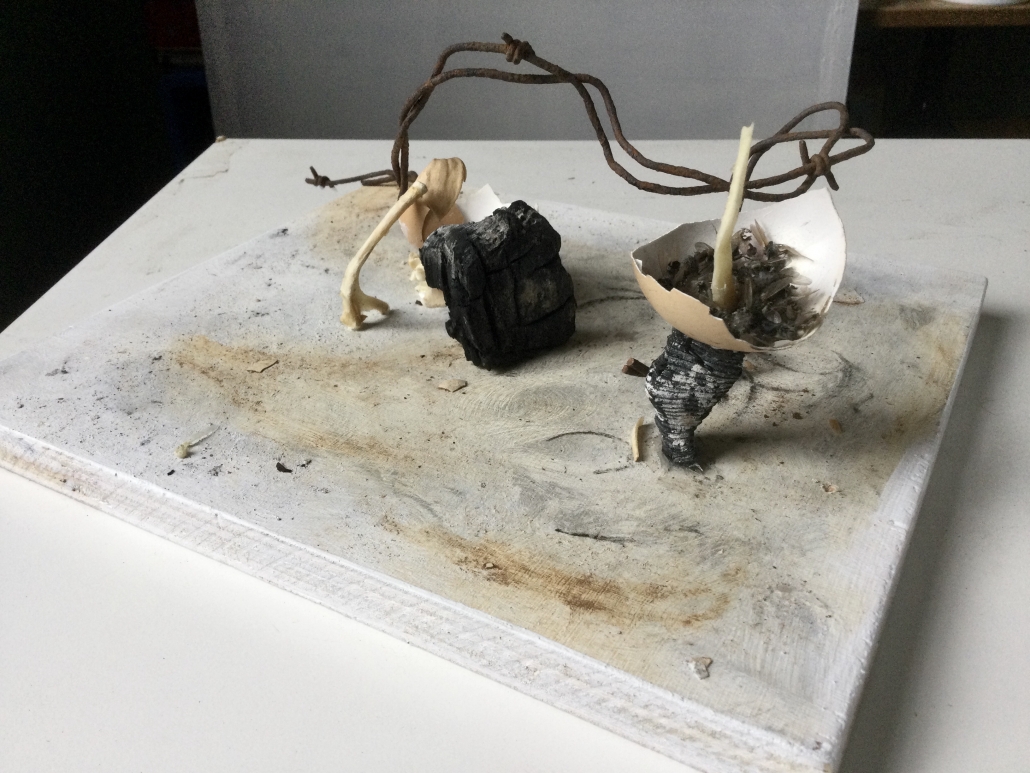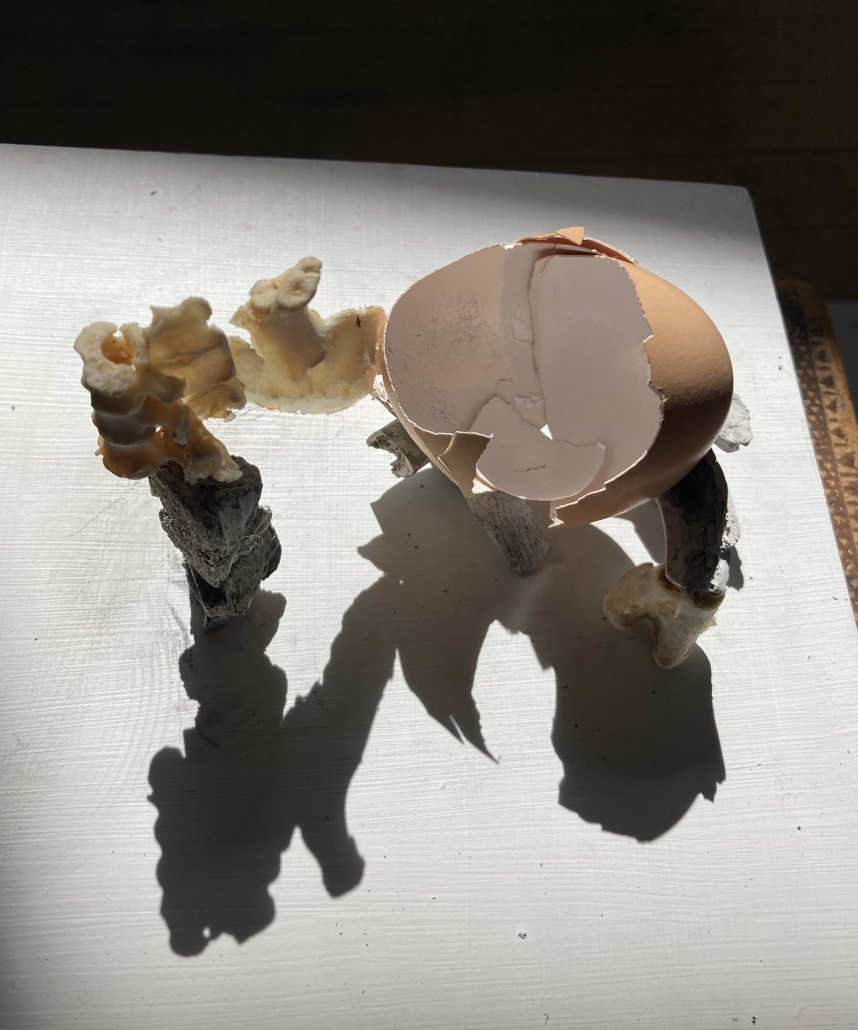NTU Centre for Contemporary Art Singapore (NTU CCA Singapore) is pleased to announce the artists for the 5th cycle of its Residencies Programme (April 2018–March 2019):
Julieta Aranda (Mexico), Izat Arif (Malaysia), Adrián Balesca (Ecuador), Ludovica Carbotta (Italy), Kent Chan (Singapore), Sean Connelly (United States), Daniel Hui (Singapore), Takuji Kogo (Japan), Susanne Kriemann (Germany), Phyoe Kyi (Myanmar), Việt Le (United States), Soyo Lee (South Korea), Lim Sokchanlina (Cambodia), John Low (Singapore), Luca Lum (Singapore), Raafat Majzoub (Lebanon), Falke Pisano (Netherlands), Tan Kai Syng (Singapore), Zai Tang (United Kingdom/Singapore), John Torres (Philippines), Wu Tsang (United States), Susie Wong (Singapore), Wu Mali (Taiwan)
In keeping with NTU CCA Singapore’s holistic approach to the cultural histories and the production of knowledge, the Residencies Programme is distinctly research-oriented and supports artists by granting them a concentrated period of time, a studio, and feedback from in-house curators and international Curators-in-Residence to develop their practice without the pressure of production deadlines. Dedicated to established and emerging artists from Singapore and abroad, this studio-based programme values the open-ended nature of artistic research and embraces multiform expressions of creative enquiry.
Artists-in-Residence receive a studio space and a monthly stipend. The programme also fully funds travel costs and accommodation for foreign artists. To facilitate a dynamic dialogue across different geopolitical contexts and to create an always-diverse community, three studios are reserved for Singapore-based artists, two are dedicated to artists from Asia, and the remaining two are allocated to artists from elsewhere in the world.
Artists are invited to apply for the residency through a nomination process. While in past editions, nominators were international curators, for the 5th cycle, the nominators were exclusively artists. The Centre invited former Artists-in-Residence and established artists from all over the world to put forth the names of their fellows who can most benefit from a research-driven residency in the context of Singapore. This peer-to-peer process furthers the presence of the artists themselves at the core of the Residencies Programme, drawing upon the nominating artists’ generosity, insight, and direct knowledge of the most relevant developments in contemporary art practices.
During their stay, lasting three months for international artists and six months for the Singapore-based artists, Artists-in-Residence become active agents of the Centre’s cultural life through public programmes that range from open studios, artist talks, panel discussions, to screenings and performances.
The final participants in the Residencies Programme were selected by a review panel composed of Ute Meta Bauer (Founding Director, NTU CCA Singapore and Professor, School of Art, Design and Media, NTU), Joselina Cruz (Director, Museum of Contemporary Art and Design, De La Salle College, Manila, Philippines), Low Eng Teong (Assistant Chief Executive, Sector Development Group, National Arts Council, Singapore), Shabbir Hussain Mustafa (Senior Curator, National Gallery Singapore), and Wong Chen-Hsi (Assistant Professor, School of Art, Design and Media, NTU).
Reflecting a wide range of methodologies and critical attitudes, the artists’ proposals were reviewed on the basis of their relevance to Climates. Habitats. Environments, the Centre’s overarching research framework for the next three years (2017–19), and/or their interest to explore issues that address the complexity of cultural and colonial histories of the region as well as global geopolitics. Anna Lovecchio, NTU CCA Singapore Curator, Residencies, states: “Against a culture increasingly veered towards production and exposure, the Residencies Programme is committed to the rather idealistic mission to value the process of artistic research over its product. This kind of residency has a great potential: it can be a retreat, a networking platform, and a sounding board for artists to test their ideas and experiment new directions in the development of their practice.”
Since the programme launched four years ago, it has hosted more than 100 artists, curators, writers, and researchers who have significantly contributed to the Centre’s dynamic environment of experimentation and exchange.
For more information about the Residencies Programme, visit www.ntu.ccasingapore.org/residencies/.
The Residencies Programme for Singaporean artists is generously supported by a grant from the National Arts Council, Singapore.
NTU CCA Singapore wishes to thank all those who contributed to our 2016 fundraising auction, the proceeds of which went towards the sustainability of this programme.
Located in Gillman Barracks, the NTU Centre for Contemporary Art Singapore (NTU CCA Singapore) is a national research centre of Nanyang Technological University and is supported by a grant from the Economic Development Board. The Centre is unique in its threefold constellation of research and academic programmes, international exhibitions, and residencies, positioning itself as a space for critical discourse and diverse forms of knowledge production. The Centre focuses on Spaces of the Curatorial in Singapore, Southeast Asia, and beyond, as well as engages in multi-layered research topics.
Nanyang Technological University Singapore (NTU) is a research-intensive public university in Singapore with colleges of Engineering, Business, Science, and Humanities, Arts, and Social Sciences. NTU is ranked 11th globally and placed 1st amongst the world’s best young universities.
